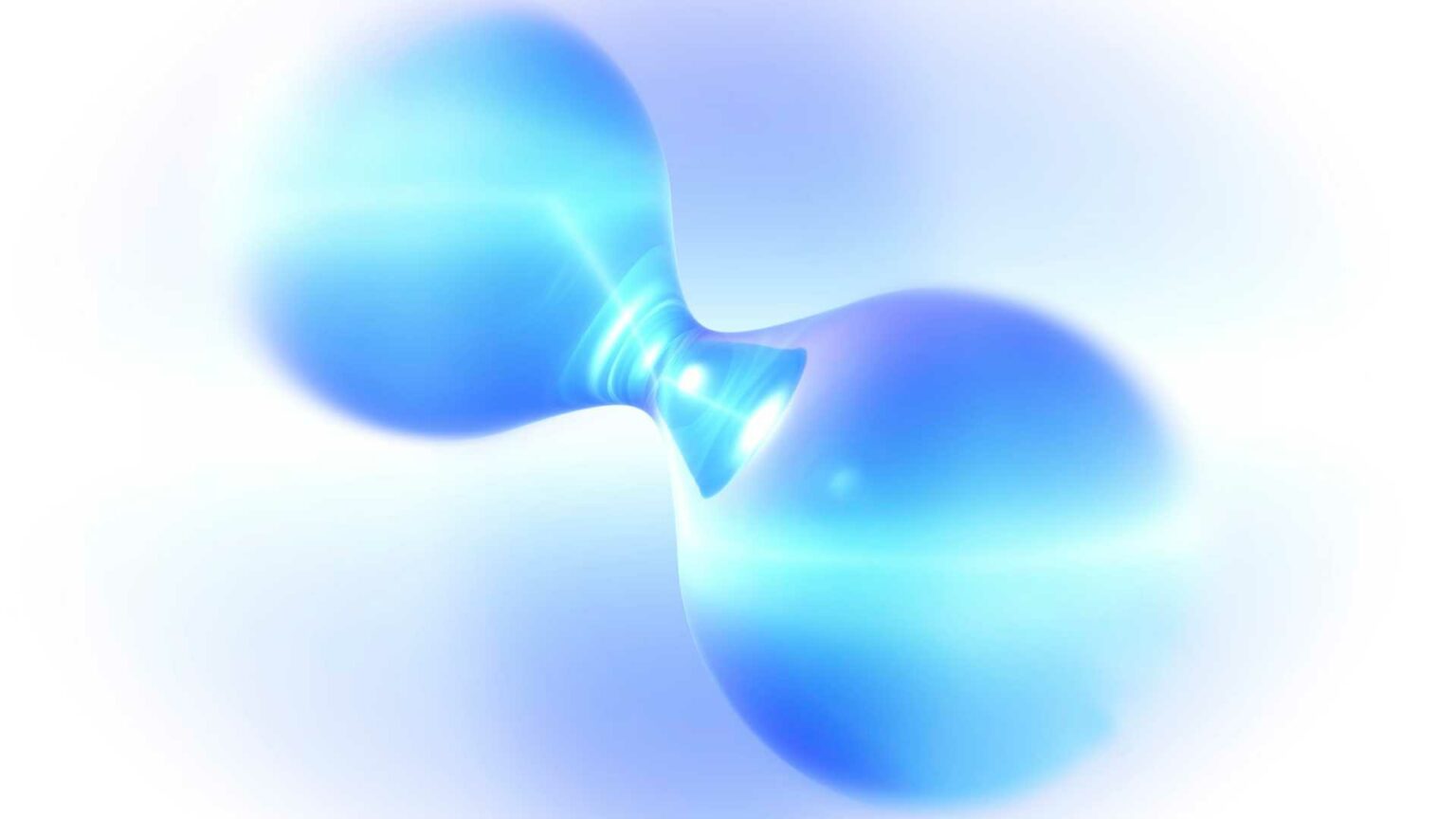In the realm of space travel, ensuring the stability of liquid propellants post-engine cutoff remains a critical safety concern.
Notably, liquid hydrogen, housed in tanks that can reach a height of 10.06 meters and a diameter of 3.05 meters, often experiences significant sloshing when the rocket transitions into the coastal period. Zhaoqi Zheng and colleagues, in their recent study published in the International Journal of Hydrogen Energy, shed light on the intricate dynamics of sloshing and settling behaviors, proposing new criteria for managing these phenomena.
The dynamics of liquid hydrogen during this post-main engine cutoff phase are not trivial. Axial accelerations lead to pronounced slosh, and traditional methods—often reliant on Bond number scaling—fall short as a predictive tool. The researchers argue convincingly against singular reliance on the Bond number for guiding the design and implementation of reorientation thrusts. Their analysis points out that despite previous assumptions, higher initial residual slosh degrees surprisingly correlate with shorter settling times.
Interestingly, an unconventional insight emerged: the force exerted by the tank on the liquid hydrogen affects settling performance profoundly—a factor overlooked in earlier studies. This interaction between the tank structure and fluid dynamics necessitates a revision of settling protocol, especially when planning for the activation of retention engines. It is critical that the settling thrust—a precise application of force in excess of 8 × 10−3g—is properly timed to ensure hydrogen is adequately settled before any engine restart. Failure to do so risks unwanted backflow, undermining fuel stability.
Moreover, the research posits a new standard for assessing settling effectiveness: settling should be deemed complete when the liquid phase volume fraction in the top decile of the tank’s height drops below a defined threshold. This criterion is pivotal for engineers tasked with designing and evaluating the settling thrust systems.
Incorporated within these findings is an adherence to simulation techniques that underscore the nuanced relationship between tank geometry, slosh dynamics, and settling efficacy. With the advent of increasingly sophisticated fuel management systems, these insights offer an essential tool for guiding the development of control systems capable of mitigating risks associated with sloshing-induced instabilities.





